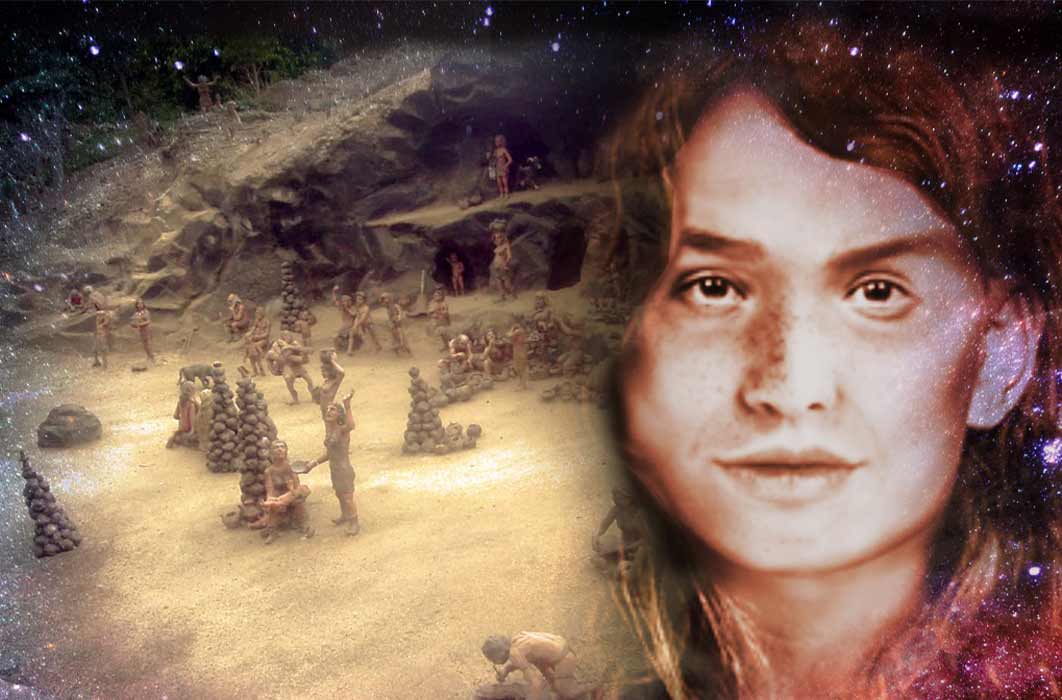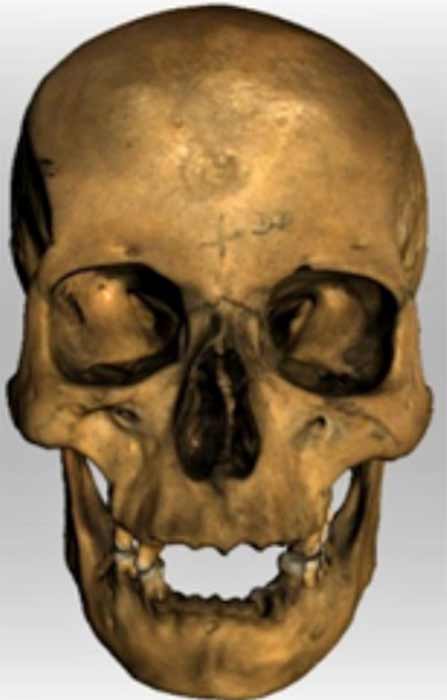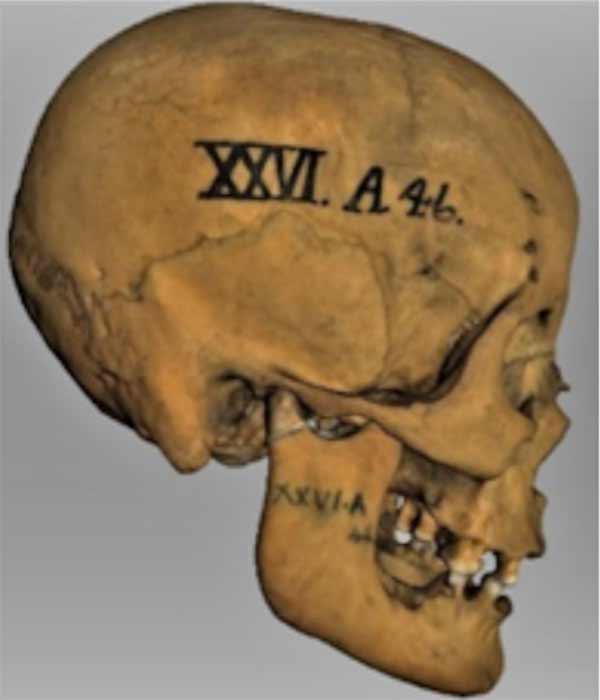
The Face Of A Canary Island Guanche Woman, Reconstructing Ancestors
The narratives of history relate the fates and dates of nameless, faceless people who came before us, often reduced only to numbers, but when forensic facial reconstruction puts a face to history, the personalized features tell a story of what it was like to be human, way back then. In such a way a skull, previously only referred to as ‘individual A-46’ in the Anatomical Museum at the University of Edinburgh, Scotland, became a Guanche woman, in the hands of Karina Osswald, a forensic reconstruction artist.
The precolonial inhabitants of Tenerife in the Canary Islands came to be known as the Guanches, sharing common origins with the Berbers of the North African coastline, probably the northern Africa Amazigh clans, mainly from Tunisia, Morocco, Mauritania and Libya. It is believed that they arrived on the archipelago some time during the first millennium BC. The compelling image of the Guanche woman so gripped Ancient Origins author Gustavo Sánchez Romero, who was born on Tenerife, that he traced and interviewed the artist Karina Osswald.

Guanches on Tenerife. (R. Liebau/ CC BY SA 3.0 )
Introducing Karina Osswald
Karina Osswald holds a Masters of Science and Engineering from the University if Dundee, Scotland, specializing in forensic art and facial identification. Her undergraduate degree was earned at the University of British Columbia, focused on anthropology and minored in the fine arts. Currently she is working as an ophthalmic technician for surgeons in Maritime Atlantic Canada, and she works privately as a forensic reconstruction artist in her free time.
Why A Guanche Female Skull For A 3D-Forensic Recreation
Ms Osswald explains: The purpose of my final project was to complete a facial reconstruction to the best of my knowledge and abilities at the end of my degree. Upon my decision, a 3D-scan of the cranium was taken by Dr. Christopher Rynn of Dundee University, and permission was granted by the Edinburgh Museum of Anatomy, correspondence through Ruth Pollitt, Museum and Collections assistant.


Scans of the skull of Individual A-46 taken by Dr Rynn. (Images: Provided by Gustavo Sánchez Romero)
One of the greatest deciding factors in choosing the remains was due to my having very little knowledge of the Guanche people, if any, and I very much wanted to know more. In the beginning it was unknown to us what sex the remains were, as they were only referred to as individual A-46 and it was up to me as the reconstruction artist to ascertain the sex. It was only after spending some time with the remains’ 3D-scans and studying them that a female categorization could be approved. When I had initially received the scans, I had been leaning towards male categorization until I saw the size of the skull, which was very petite, along with some additional anatomical features that identified the individual as female.
Gaining Access To The Skull
The remains I was given the privilege of working with are currently being held in the Anatomical Museum at the University of Edinburgh, Scotland. Although we know her remains originated from the Canary Islands the specific isle she lived and died on is unfortunately still unknown.




